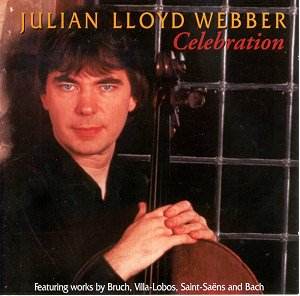 Composer: Johann Sebastian Bach
Composer: Johann Sebastian Bach
Works: Complete Organ Works Volume 2 – Trio Sonatas and Fantasias (I): Trio Sonata No. 1 in E flat major, BWV 525; Fantasia in C minor, BWV 562; Trio Sonata No. 2 in C minor, BWV 526; Fantasia and Fugue in C minor, BWV 537; Trio Sonata No. 3 in D minor, BWV 527; Fantasia in C minor, Anhang 205/Anh. II 45; Fantasia in C major, BWV 570
Performers: Ewald Kooiman, organ
Recording: March 1991, Grote of Mariakerk, Meppel, Netherlands
Label: CORONATA COR 1313
The works of Johann Sebastian Bach represent a pinnacle of Baroque music, particularly in the realm of organ composition, where intricate counterpoint and harmonic sophistication converge. Ewald Kooiman’s second volume in his ambitious project to record Bach’s complete organ works brings forth some of the composer’s most exquisite pieces, notably the trio sonatas composed in the early 1730s. These sonatas not only highlight Bach’s technical mastery but also encapsulate the rich tapestry of his melodic invention. With the trio sonatas and accompanying fantasias, Kooiman presents a program that invites both reflection and appreciation for Bach’s multi-voiced dialogue.
Kooiman’s interpretative choices are both intriguing and occasionally contentious. His overall approach leans towards slower tempos, allowing for the detailed counterpoint of the trio sonatas to emerge with clarity. For example, the haunting middle movement of the first sonata is rendered with a lugubrious beauty that captivates without descending into somberness. However, this deliberate pacing sometimes undermines the inherent energy of the fast movements. The third movement of the first sonata, in particular, feels restrained and lacks the vivacity that could elevate its spirited character. While the slow movements benefit from Kooiman’s thoughtful phrasing, the faster sections occasionally suffer from a lack of dynamism, leading to a performance that, while elegant, does not always capture the exuberance characteristic of Bach’s writing.
The fantasias included in this volume serve as an effective counterbalance to the trio sonatas, showcasing Bach’s ability to blend freedom with structure. Each fantasia, though brief, encapsulates a concentrated dose of Bach’s inventive genius. Notably, the Fantasia in C major, BWV 570, despite its short duration, exemplifies Bach’s capacity for thematic development and harmonic exploration, delivered with Kooiman’s typical restraint. The tonal cohesion of the C minor and C major works throughout the disc enhances the listening experience, offering a sense of continuity and exploration within Bach’s oeuvre.
The recording quality and engineering merit commendation, with the chosen venue, the Grote of Mariakerk, providing an intimate yet resonant acoustic. Kooiman’s registration choices remain sensitive to the nuances of the organ, allowing for a balance that respects the delicate interplay of voices. Yet, the decision to record all movements of the trio sonatas on a single track could prove frustrating for listeners wishing to isolate specific sections, an aspect that may detract from the overall accessibility of the disc.
Ewald Kooiman’s second volume of Bach’s organ works is a significant addition to the recorded repertoire, showcasing both the intricacies of the trio sonatas and the imaginative breadth of the fantasias. Though the pacing of the fast movements may not resonate with all listeners, and moments of energy could be more pronounced, Kooiman’s interpretative depth and the rich sound quality of the recording create a compelling portrait of Bach’s artistry. This volume stands as a testament to Kooiman’s commitment to exploring the subtleties of Bach’s organ music, inviting listeners to engage with these timeless works in a fresh and insightful manner.



